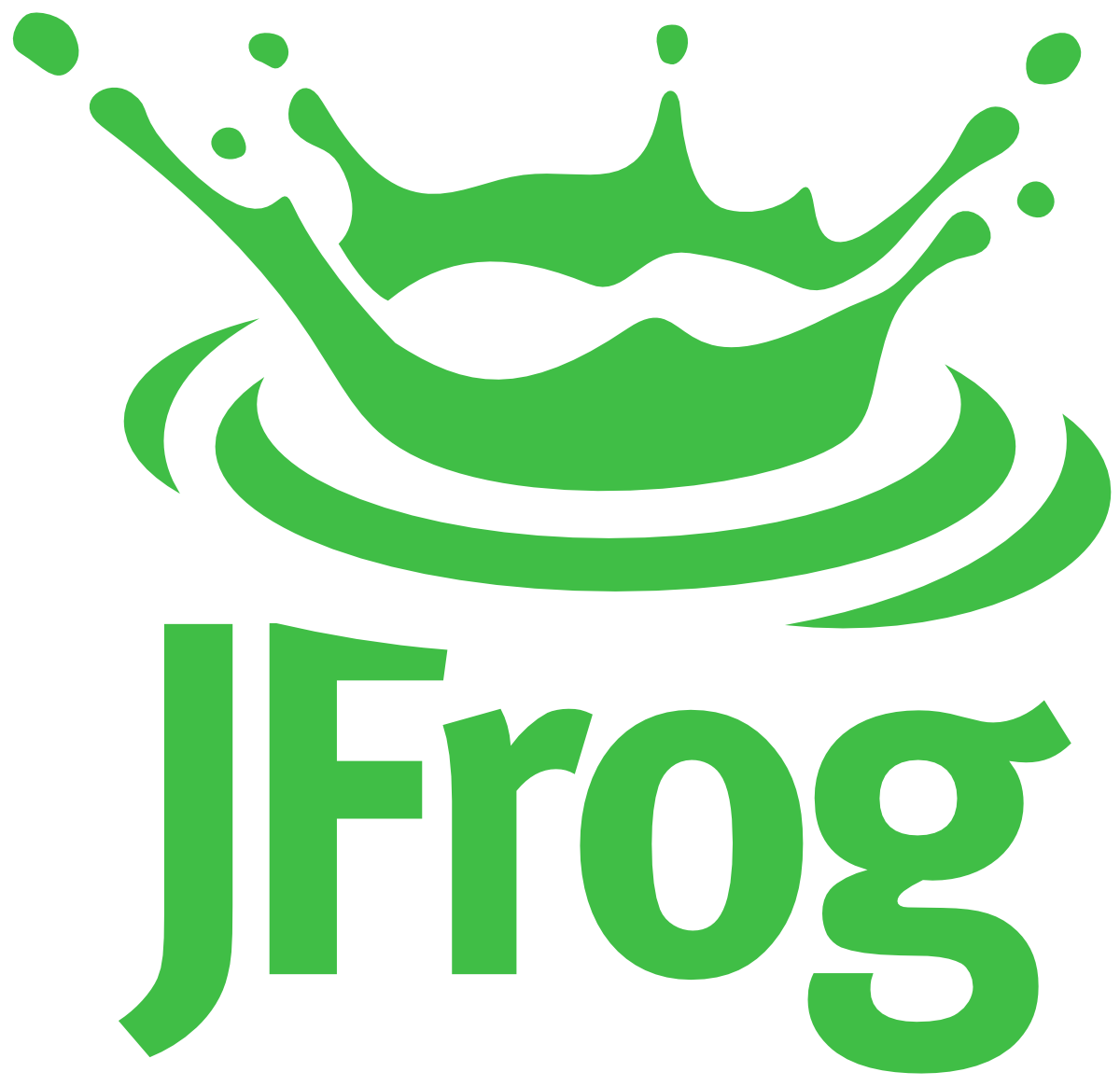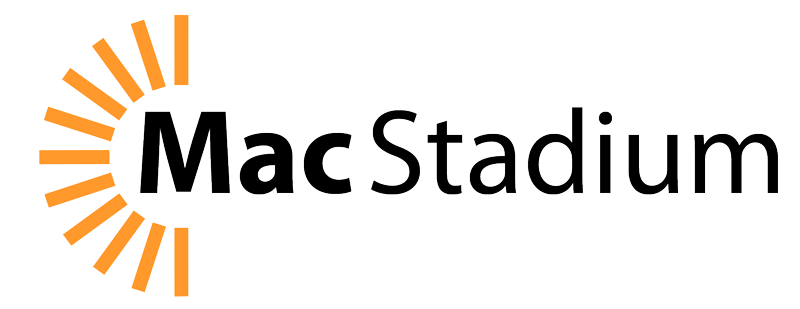VMblog: Can you give VMblog readers a quick overview of your company?
Andi Grabner: Dynatrace is a software intelligence company that combines broad and deep observability and continuous runtime application security with the most advanced AIOps to provide answers and intelligent automation from data at enormous scale.
Digital transformation is ubiquitous and it's happening in the cloud, which is increasingly complex.
This is driving a $50B observability market where we simplify clouds, speed innovation, and help organizations digitally transform faster, more efficiently, and more securely.
We deliver answers and automation from vast amounts of cloud data to enable our customers, which include the world's largest organizations, to move toward a vision of a world where software works perfectly.
VMblog: How can attendees of the event find you? What do you have planned at your booth this year? What type of things will attendees be able to do at your booth?
Andi Grabner: At KubeCon I will split my time between the Dynatrace booth (P24) and the Keptn booth in the Cloud Native Computing Foundation (CNCF) Project Pavilion. At the Keptn booth, we will have a dedicated space focused on current open source projects, which I am looking forward to discussing with attendees. At the Dynatrace booth, we will have eight demo screens for attendees to observe a variety of ways in which our software intelligence platform works, including an opportunity to explore our Davis AI engine. Speaking of which, stay tuned for an announcement regarding enhancements to Davis that will launch the week of the event! Stay tuned for a related announcement at the show!
VMblog: Are you and your company excited for this event to be in person this year in Detroit? What are your thoughts and expectations for the show? Are attendees ready to come back in person, in full force?
Andi Grabner: We are really excited, especially after participating in several in-person events this year already. It was actually KubeCon Europe that kicked off the in-person/hybrid conference season for us. KubeCon provides an opportunity to connect with the open source and cloud native communities to discuss new ideas and innovations, and I think it is beneficial to meet people face-to-face again.
I hope there will be strong attendance at the event but also understand that not everyone is comfortable gathering in big crowds again. I will be happy to see and chat with anyone who attends in person, and for those at home, I encourage you to connect with the KubeCon community online during the conference days and beyond.
VMblog: Have you sponsored KubeCon + CloudNativeCon in the past? If so, what is it about this show that keeps you coming back as a sponsor?
Andi Grabner: Dynatrace has been participating in KubeCon + CloudNativeCon since 2019 and we have had a presence every year since. It is the flagship conference of the CNCF, and as members it's a very important event for us. This event is an opportunity to share what we've been working on in regard to cloud computing and open source, while also learning from other technologists about best practices on making cloud computing more sustainable.
VMblog: What do you attribute to the success and growth of this industry?
Andi Grabner: Digital transformation is everywhere. Digital services define how we bank, deliver healthcare, and communicate with friends and family, and this transformation is happening in dynamic hybrid and multicloud environments. We're seeing cloud adoption become more and more of a necessity for businesses, and with continued adoption comes rising complexity.
To keep up with customer demands and outpace the competition, teams must innovate faster, collaborate more efficiently, and drive greater business value - all while operating with limited resources. We help organizations achieve these goals and accelerate their digital transformation strategies by delivering answers and intelligent automation from data.
VMblog: What are you personally most interested in seeing or learning at KubeCon + CloudNativeCon?
Andi Grabner: My personal highlights will be around the open source projects we are actively engaged in:
- This starts with Keptn, which is a project we led and donated to CNCF, built to improve cloud native delivery and help organizations establish their service level objectives (SLOs). We're hosting our Keptn Community Day on Tuesday, October 25th.
- Then there's OpenFeature, the project we helped kick off at KubeCon Europe, which is targeted around standardizing feature flag management.
- There's also OpenTelemetry which is the project that has and will continue to bring telemetry to the front and center of every cloud native development, DevOps, and SRE team.
There are going to be a lot of other great projects, big and small, that have their kiosks in the pavilion. It's always great to see what is happening in the industry.
VMblog: What kind of message will an attendee hear from you this year? What will they take back to help sell their management team and decision makers?
Andi Grabner: Attendees will see how Dynatrace engages with the cloud native community with our contributions to projects mentioned above: OpenTelemetry, OpenFeature, and Keptn. They'll also see how we embrace open source observability data sources in our software intelligence platform.
We will also share insights on our recent innovations, including our newly released core platform technology Grail, our causational data lakehouse with a massively parallel processing (MPP) analytics engine that revolutionizes data analytics and management. By unifying observability, security, and business data from cloud native and multicloud environments, Grail provides analytics that retain context and deliver instant, precise, and cost-efficient AI-powered answers and automation.
VMblog: Can you provide more details about your company's technologies? And talk about the types of problems you solve for a KubeCon + CloudNativeCon attendee.
Andi Grabner: Dynatrace uniquely combines observability, AIOps, and continuous runtime application security. Our goal is to make software work perfectly so teams are alleviated from the manual labor typically required to maintain and manage complex hybrid and multicloud environments and can focus on what matters most: innovation.
Our platform is comprised of five core technologies:
- Our most recent addition is GrailTM, as mentioned above. Going forward, we will extend this technology to power additional IT, development, security, and business analytics solutions - stay tuned!
- Davis® is our proprietary AI engine specifically built for our solutions to drive automation and deliver instant, continuous, precise insight into modern cloud environments.
- OneAgent® collects all relevant metrics along the full application-delivery chain after being deployed only one time on a host. Once installed, teams obtain code-level insight across hardware, operating systems, and application processes.
- PurePath® is our patented distributed tracing and code-level analysis technology that captures and analyzes timing and code-level context across an organization's full stack, from the browser and web/mobile apps all the way down to the code and database level. This allows teams to get a comprehensive view on how digital experiences are performing.
- Smartscape® is our patented mapping visualization technology that allows teams to visualize dynamic relationships between every application component across the entire infrastructure through an interactive map, which makes it easy to envision complexities within the application stack and delivery chain.
VMblog: While thinking about your company's solutions, can you give readers a few examples of how your offerings are unique? What are your differentiators? What sets you apart from the competition?
Andi Grabner: The great but also difficult thing with the open source space is that every team seems to bring their favorite tools and frameworks. While it is great to have diversity, it is challenging to manage those tools and the data they generate. We see a lot of tool sprawl in cloud native environments, and on top of that, teams have the tools they use in the "non-cloud native" world. The challenge is all this data needs to be managed the same way for organizations to be successful (e.g., enforcing the same standards of data privacy or data access policies.)
Dynatrace was purpose-built to solve this problem because our first customer was our own internal development team that ran into the same challenges. We helped our own teams with digital transformation so we know our platform will help others solve the unique challenges associated with an ever-changing IT landscape.
Traditional monitoring tools are unable to keep up with dynamic, hybrid, and multicloud environments, tame cloud complexities, remove silos between data, and provide context. Our ability to provide deep, broad observability, advanced AI and automation, and runtime application security has simplified cloud complexity, and our platform acts as a single source of truth that streamlines cross-team collaboration by unifying all data, all in context.
VMblog: Where does your company fit within the container, cloud, Kubernetes ecosystem?
Andi Grabner: According to our recent research, 71% of CIOs say the explosion of data produced by multicloud environments, containers, and Kubernetes is beyond human ability to manage, which has heightened risks organizations face.
The Dynatrace Software Intelligence Platform is purpose-built for this ecosystem, combining broad and deep observability and continuous runtime application security with the most advanced AIOps to provide answers and intelligent automation from data at enormous scale. This enables IT teams to modernize and automate cloud operations, deliver software faster and more securely, and ensure flawless digital experiences.
VMblog: KubeCon + CloudNativeCon is typically a great venue for a company to launch a new product or an update to an existing product. Will your company be announcing anything new? If so, can you give us a sneak preview?
Andi Grabner: At KubeCon we will be sharing an announcement related to our Davis AI engine. Davis AI was purpose-built to deliver automatic, continuous, precise insights into modern cloud environments. This announcement details an enhancement to Davis that will enable development and SRE teams to conduct even faster, more proactive analytics.
Stay tuned for more information on Tuesday, October 25.
VMblog: Where are we at in 2022 with regard to containers and Kubernetes? Is there anything still holding it back from a wider distribution? If so, what is it? And how do we overcome it?
Andi Grabner: That's a simple answer. Containers and Kubernetes are here to stay. It is the de facto standard for most new developments and I believe it's going to stay that way until the next seismic shift comes.
VMblog: Are companies going all in for the cloud? Or do you see a return back to on-premises? Are there roadblocks in place keeping companies from going all cloud?
Andi Grabner: The cloud is now a business must-have, especially as the expectation and demand for digital services rises. Some businesses still depend on on-premise, especially as a backup in the event of an app outage or other infrastructure threats. Still, organizations across all industries are quickly realizing the need to go all-in on the cloud. The main challenges are making sure all of the microservices, applications, and software run smoothly and addressing vulnerabilities before they disrupt the end-user experience. That's where observability, automation, AIOps, and application security come in.
VMblog: The keynote stage will be covering a number of big topics, but what big changes or trends does your company see taking shape as we head into 2023?
Andi Grabner: One of the biggest themes is finding a way to unify all of the observability, security, and business data available within an organization.
We see a growing number of standards, frameworks, and tools that provide more logs, metrics, traces, events, security, end-user behavior and business data than ever before. The challenge is connecting this data, storing it cost-efficiently, and analyzing in the most efficient way. This is why we invested in Grail - our recently announced data lakehouse - to bring together all that data in context, cost-efficiently and at scale based on any enterprise's need.










